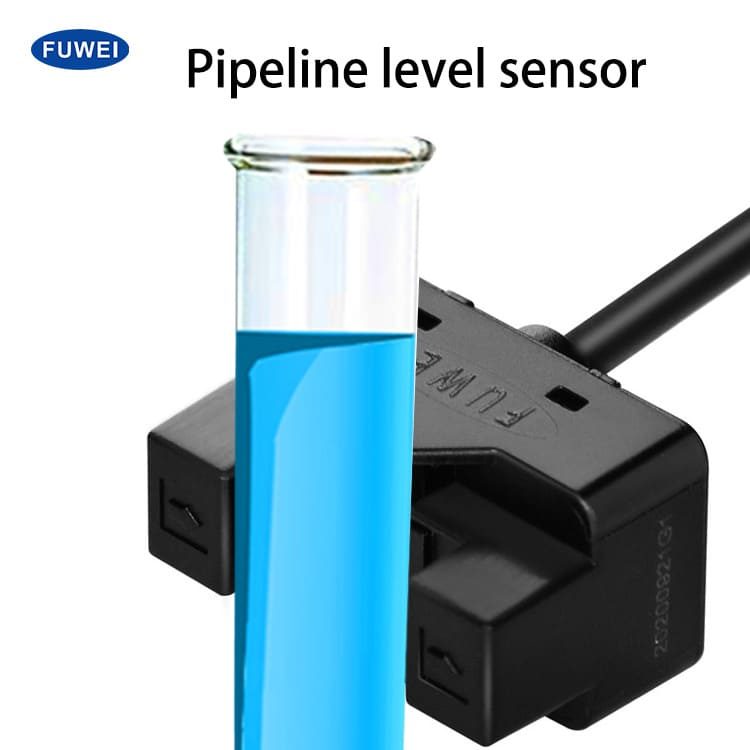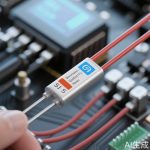In an era where technology is seamlessly integrated into every aspect of our lives, pressure monitoring sensors have emerged as silent yet indispensable guardians of safety, efficiency, and innovation. These tiny devices, often overlooked, play a critical role in industries ranging from healthcare to automotive, manufacturing to consumer electronics. By continuously measuring and responding to pressure changes, they ensure systems operate optimally, prevent disasters, and even save lives. As we delve deeper into the world of pressure monitoring sensors, it becomes clear that their impact is both profound and far-reaching.
The fundamental principle behind pressure monitoring sensors is their ability to convert physical pressure into an electrical signal, which can then be interpreted and acted upon by connected systems. This simple yet powerful functionality allows for real-time monitoring and control, making them essential in environments where precision is paramount. For instance, in medical devices such as ventilators and blood pressure monitors, these sensors provide accurate readings that healthcare professionals rely on for patient care. Without them, the margin for error would be significantly higher, potentially leading to misdiagnoses or ineffective treatments.
Beyond healthcare, pressure monitoring sensors are revolutionizing the automotive industry. Modern vehicles are equipped with numerous sensors that monitor tire pressure, engine performance, and even airbag deployment systems. Properly inflated tires not only improve fuel efficiency but also enhance safety by reducing the risk of blowouts. Similarly, sensors in braking systems ensure responsive and reliable performance, especially in adverse conditions. As autonomous driving technology advances, the role of pressure sensors will only become more critical, providing the data needed for vehicles to make split-second decisions.
In industrial and manufacturing settings, pressure monitoring sensors are the backbone of operational efficiency and safety. They are used in hydraulic systems, pipelines, and pressurized containers to detect leaks, overpressure, or underpressure scenarios. By providing early warnings, these sensors help prevent equipment failure, reduce downtime, and avoid catastrophic accidents. For example, in the oil and gas industry, a sudden pressure drop could indicate a leak, allowing for immediate intervention before it escalates into an environmental disaster. The economic and ecological benefits of such proactive monitoring cannot be overstated.
The consumer electronics market has also embraced pressure monitoring sensors, particularly in wearable technology and smartphones. Altimeters and barometers, which rely on pressure sensing, enable features like elevation tracking in fitness devices and weather prediction in mobile apps. These innovations enhance user experience by providing personalized and context-aware information. Moreover, as the Internet of Things (IoT) continues to expand, pressure sensors will play a pivotal role in creating interconnected smart environments, from smart homes that adjust HVAC systems based on atmospheric pressure to agricultural sensors that optimize irrigation.
Despite their widespread application, the development of pressure monitoring sensors is not without challenges. Issues such as calibration drift, susceptibility to environmental factors like temperature and humidity, and the need for miniaturization without compromising accuracy are ongoing areas of research. However, advancements in materials science and nanotechnology are paving the way for more robust, sensitive, and cost-effective sensors. Innovations like MEMS (Micro-Electro-Mechanical Systems) technology have already revolutionized the field, enabling the production of sensors that are smaller, more efficient, and highly reliable.
Looking ahead, the future of pressure monitoring sensors is incredibly promising. With the rise of AI and machine learning, these sensors will not only collect data but also analyze it to predict trends and anomalies. This predictive capability will transform maintenance protocols from reactive to proactive, further enhancing safety and efficiency across industries. Additionally, as sustainability becomes a global priority, pressure sensors will contribute to energy conservation by optimizing systems in real-time, reducing waste, and minimizing environmental impact.
In conclusion, pressure monitoring sensors may operate behind the scenes, but their contribution to modern technology is undeniable. From safeguarding human health to driving industrial innovation, these devices are the unsung heroes that keep our world running smoothly. As technology continues to evolve, their role will only grow, making them a cornerstone of the intelligent systems of tomorrow. Embracing and investing in these sensors is not just a technological imperative but a step toward a safer, more efficient, and sustainable future.




Leave a Message